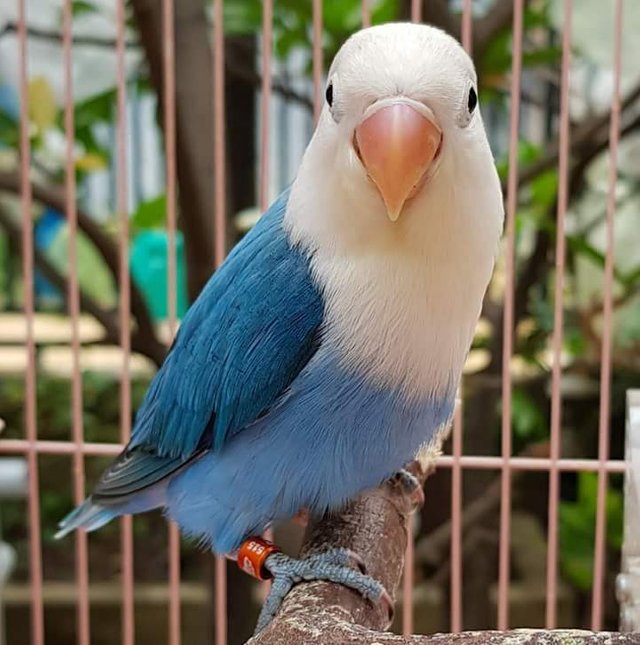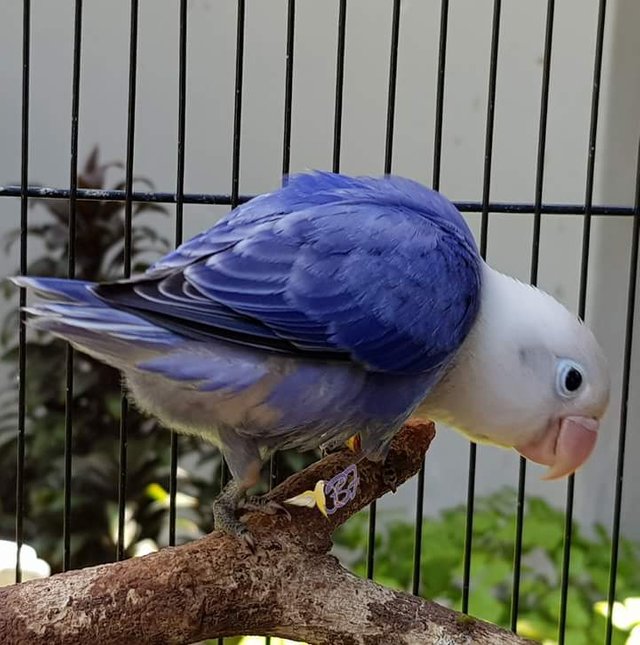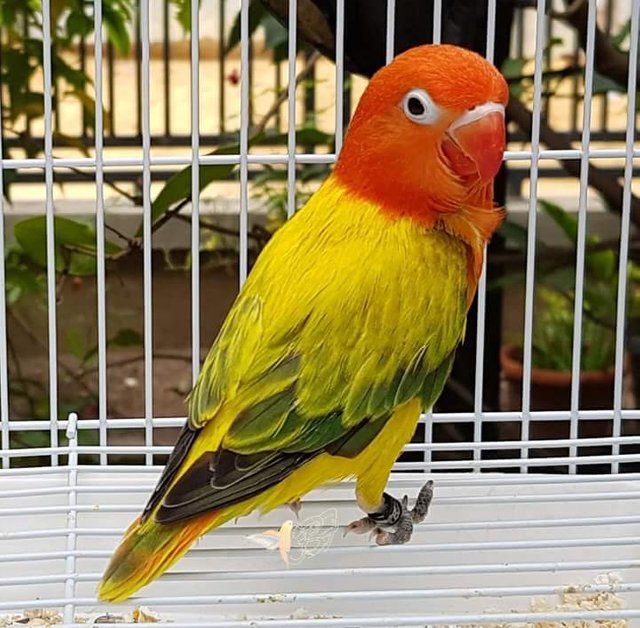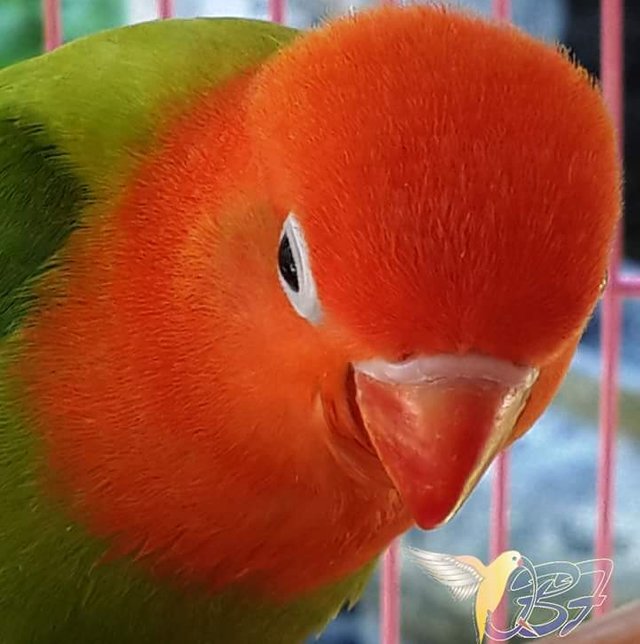Will the blue mutation (homozygous) disappear?

Creativity and desire of lovebird breeders to "create" a new color is very extraordinary and commendable. Various ways are done in order to be "the first" or at least be part of the front line in "creating" this new color.
Some do it through transmutation, a combination of color mutations, some even dare to cross the valve lovebird with non-genetic valve whose offspring are proven to be infertile. Actually this has been going on for a long time but the end of this became increasingly intense.

You need to know that to "create" a new color is not really as easy as we imagine. It takes a short time and basic knowledge of genetics is adequate and a sense of great responsibility in addition of course a little luck. Example: if we do transmutation, the hereditary hybrid characteristics will disappear after 10 generations but that also is not a guarantee that this hybrid characteristic will disappear entirely.
Go back to topic. Will the homozygous blue mutation disappear? Blue or blue mutations in the lovebird first occur in A. personatus and then transmuted to A. Fischeri, A. nigrigenis and A. lilianae. Mutations * blue * also exist in roseicollis but all hobbyists roseicollis know that * blue * here is the result of selection of mutations turquoise
which is getting more and more closer to the blue color but genetically it is not the real blue.
There are some mutations that look like blue mutations but they are not, turquoise and aqua. For those who have experience of course can distinguish it easily but not so for beginners. And the recent blue color through a combination of color mutations has begun to make even some senior hobbyists hard to tell which blue is really blue or that just looks like blue.

Why is that? This is the result of a lack of basic knowledge of genetics and ego of some - if not many - breeders. Some breeders combine blue mutations with aqua and turquoise (we know them better by the term parblue). If blue or blue combined with turquoise then the results obtained are not split blue split turquoise birds but the new color mutation which is a mixture of both TurquoiseBlue.

If blue is combined with aqua then what is obtained is AquaBlue while aqua with turquoise produce AquaTurquoise. Note the capitalization of the combination of these two mutations which indicates that this mutation consists of a combination of two mutations into one or multiple aleks. In the future hopefully no longer use the term blue split turquoise or turquoise split blue or even let me look great desperate to create the term itself which in the end even misled the beginner and so laughing material.
If this color combination is done and there is no accurate database or record of the birds then one day we will confuse ourselves. Especially if the birds have already handed ndah. The simplest example that has happened today is how to differentiate turquoise with TurquoiseBlue? Not to mention other combinations. Currently "blue mutations" there are several variations: blue (homozygote), turquoise (homozygote), aqua (homozygote), TurquoiseBlue, AquaBlue, AquaTurquoise.
On several occasions, Dirk Van den Abeele always advises to avoid combining alleles located in the same locus, eg pastels with ino that produce PastelIno and of course also in the above example, TurquoiseBlue, because the future color of this color will only confuse us and can not properly identify color mutations. Do not let simple blue or blue mutations turn into complex mutations simply because of our ignorance or ego to get new color mutations.
This paper is a form of concern that I see a bloom of blue combinations with turquoise and aqua that will most likely eventually make blue (homozygote), turquoise (homozygote) mutations, aqua (homozygote) disappear from circulation and tip back we must import.